The rise of autonomous vehicles has sparked excitement about the future of transportation, promising a world where cars drive themselves, reduce accidents, and make commutes more efficient. With tech giants and automakers racing to perfect self-driving technology, many believe we’re on the verge of a transportation revolution. However, despite these advancements, relying heavily on autonomous vehicles presents significant challenges that cannot be overlooked.
From high costs and technological errors to legal complications and infrastructure incompatibilities, the road to full-scale adoption is far from smooth. Autonomous vehicles also raise concerns about job displacement, cybersecurity risks, and ethical dilemmas in unavoidable accidents. These factors highlight the complex web of issues surrounding the widespread integration of autonomous vehicles into daily life, making it essential to weigh the potential drawbacks alongside their benefits.
Contents
High Initial Costs

The development and deployment of autonomous vehicles (AVs) come with hefty upfront expenses. Companies must invest in advanced sensors, AI systems, and cutting-edge hardware, which significantly increase the production cost of these vehicles. For consumers, this means a higher price tag compared to conventional vehicles, limiting accessibility. Additionally, ongoing research and development expenditures, insurance, and maintenance costs further burden manufacturers and buyers alike. The high initial costs pose a significant barrier to widespread adoption, especially in lower-income markets, making AVs a luxury rather than a standard transportation solution.
Technological Errors
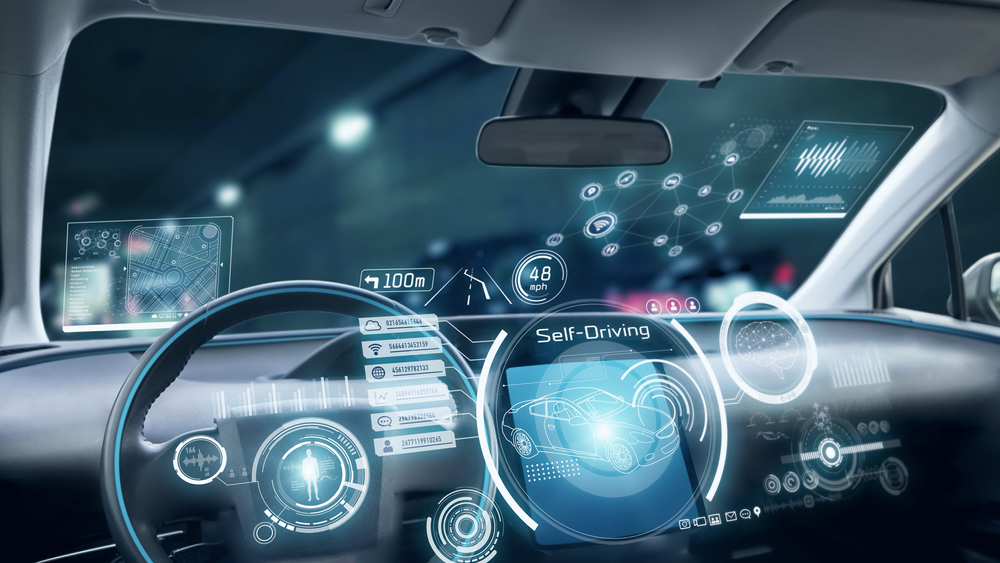
Autonomous vehicles rely heavily on complex algorithms, machine learning, and sensors to operate effectively. While impressive, these systems are not infallible and can be prone to errors such as misreading road signs, malfunctioning in bad weather, or failing to interpret unusual driving scenarios. Even minor technological glitches can lead to accidents or dangerous situations, putting passengers and pedestrians at risk. These potential errors contribute to concerns about the readiness of autonomous vehicles for mass adoption and create challenges in building public trust in their safety and reliability.
Safety Concerns

While autonomous vehicles are designed to reduce human error, they introduce new safety concerns. The interaction between AVs and human-driven vehicles, cyclists, or pedestrians remains a grey area, as AVs may struggle to predict unpredictable human behaviors. The absence of human intuition, combined with potential technology malfunctions, could lead to accidents. Furthermore, the lack of control passengers have over the vehicle can make people uneasy, particularly in high-risk situations. Ensuring that AVs can navigate real-world complexities without endangering passengers or others is a major hurdle.
Legal and Regulatory Challenges
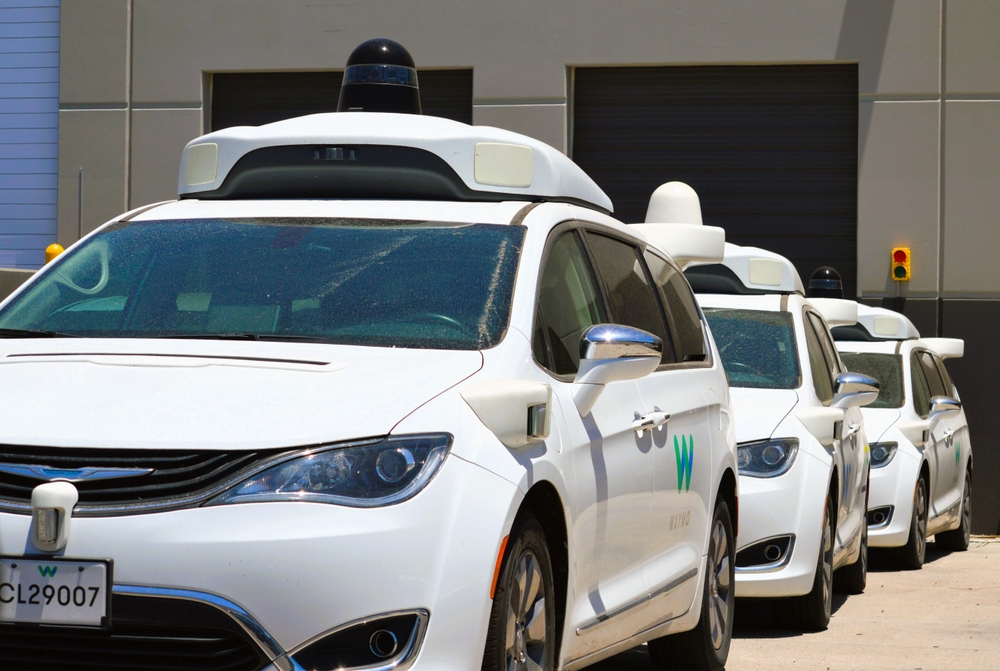
The rapid advancement of autonomous vehicle technology has outpaced the development of legal frameworks to regulate their use. Governments worldwide face challenges in creating legislation that addresses liability in case of accidents, insurance policies, and data privacy concerns. Determining who is at fault – whether it be the manufacturer, the software developer, or the vehicle owner – remains a complex issue. Additionally, global regulatory standards differ, making it hard for AV companies to scale their operations across different countries, further delaying widespread implementation.
Infrastructure Compatibility
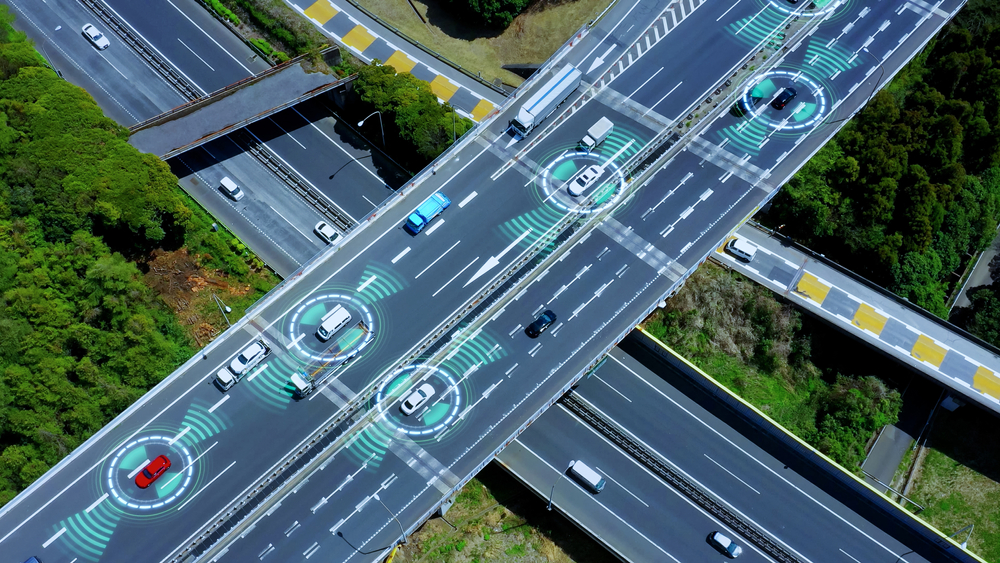
Most existing road infrastructure was not built with autonomous vehicles in mind, creating compatibility issues. Roads, traffic signs, and signal systems may need to be upgraded or redesigned to accommodate AV technology effectively. Additionally, autonomous vehicles rely on robust communication systems with their environment, such as vehicle-to-infrastructure (V2I) technology, which requires significant investments in smart city infrastructure. Without these upgrades, AVs may struggle to navigate or may not function optimally, limiting their ability to integrate into today’s transportation systems.
Job Displacement
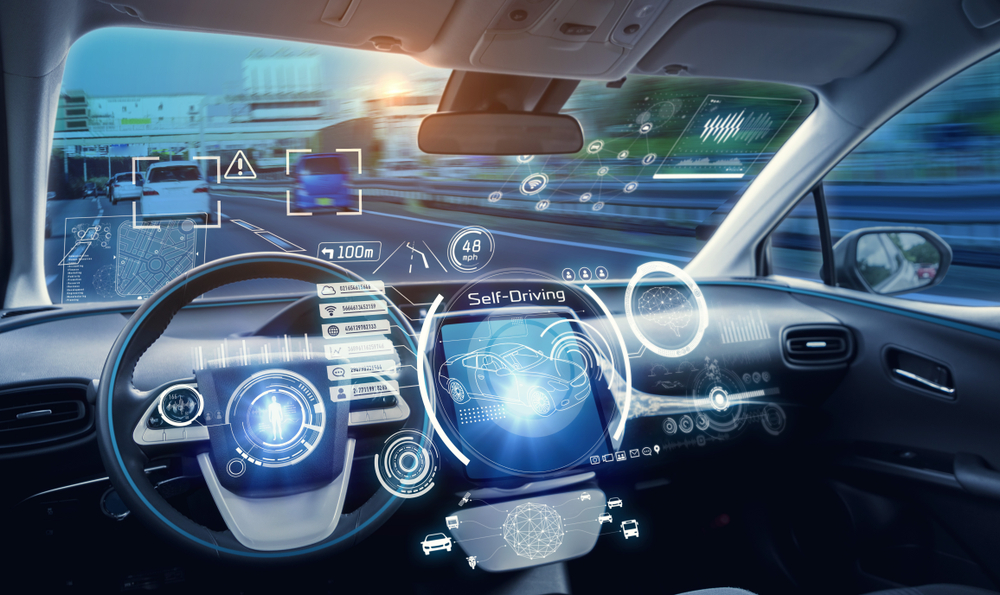
One of the most significant societal impacts of autonomous vehicles is job displacement, particularly in sectors that rely heavily on human drivers. Truck drivers, taxi drivers, delivery personnel, and ride-hailing services may see a sharp reduction in demand as AVs become more prevalent. The loss of these jobs could lead to widespread economic disruption, especially in regions where driving is a primary occupation. While new jobs may emerge in fields related to AV maintenance or AI development, the transition could create a significant skills gap and lead to long-term unemployment for many workers.
Cybersecurity Threats
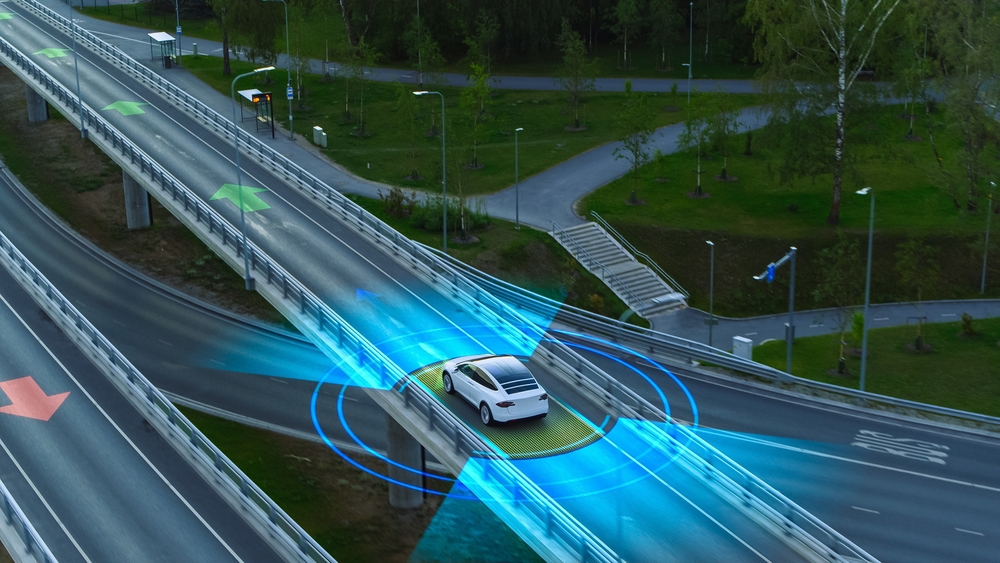
Autonomous vehicles are highly connected systems, relying on GPS, sensors, and real-time communication with other vehicles and infrastructure. This connectivity exposes them to potential cybersecurity threats, such as hacking or data breaches. Malicious actors could exploit vulnerabilities to take control of vehicles, disable essential systems, or steal sensitive data. The implications of such attacks could range from privacy violations to catastrophic accidents, making cybersecurity a critical concern. As AV technology advances, safeguarding against these threats remains an ongoing challenge.
Ethical Dilemmas
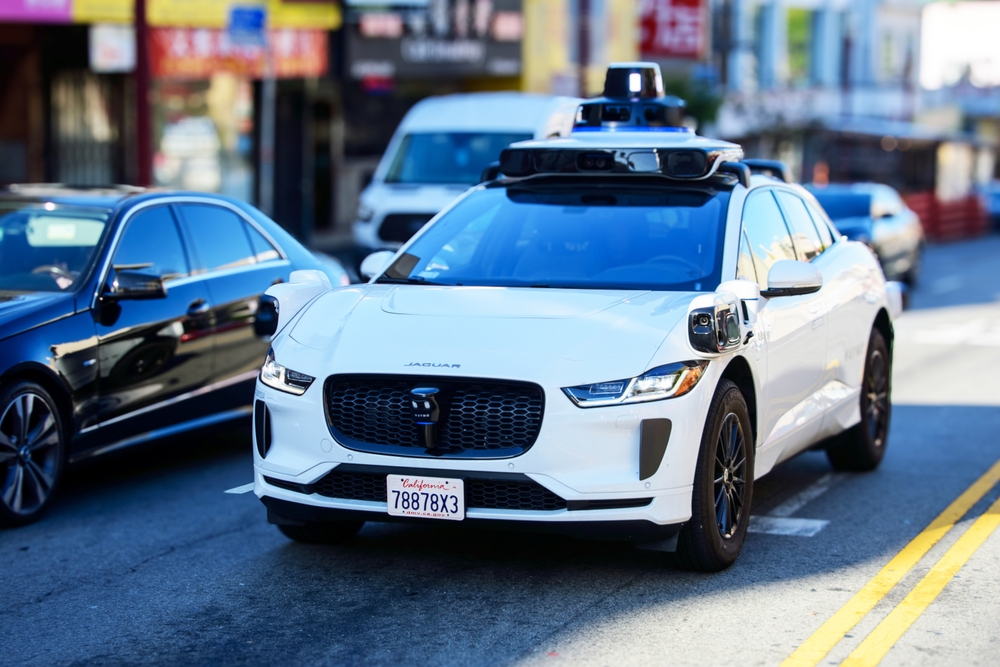
Autonomous vehicles introduce complex ethical questions, particularly when faced with unavoidable accidents. For instance, in a situation where a collision is imminent, how should the vehicle decide who or what to prioritize for safety? These “trolley problem” scenarios force AV developers to program morality into machines, raising concerns about who defines these values. Additionally, public acceptance of decisions made by AI in life-and-death situations is still uncertain. Ethical dilemmas add another layer of complexity to the adoption and regulation of autonomous vehicles.
Environmental Impact
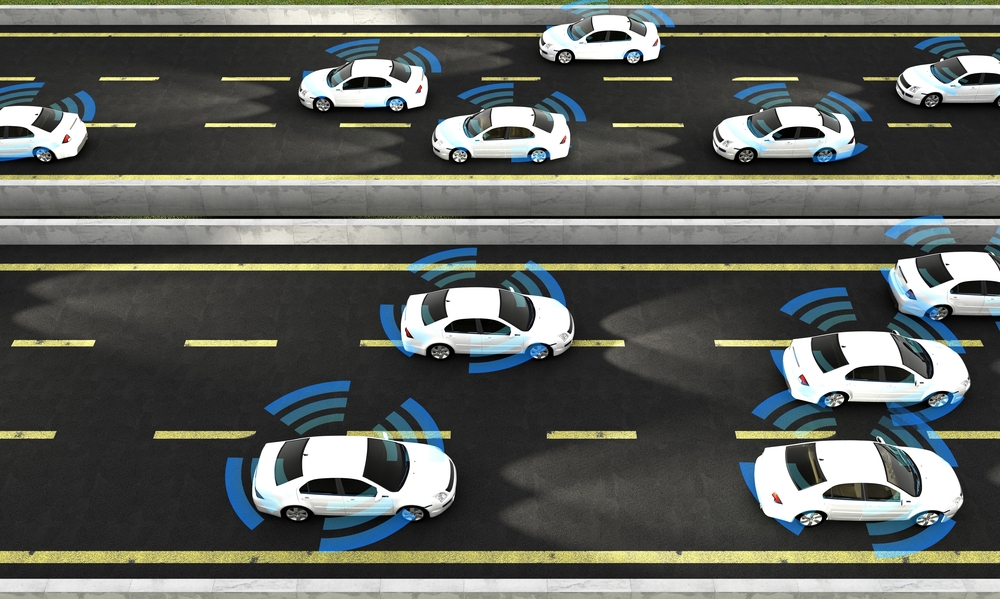
While AVs have the potential to reduce emissions by optimizing routes and minimizing fuel consumption, the technology itself can also have negative environmental consequences. The production of electric AVs requires rare materials, and the disposal of electronic components poses environmental hazards. Additionally, widespread AV adoption could lead to increased vehicle usage, as the convenience of self-driving cars may encourage more trips, ultimately offsetting any environmental gains. These potential environmental drawbacks make it essential to balance the benefits of AVs with their ecological footprint.
Data Privacy Concerns
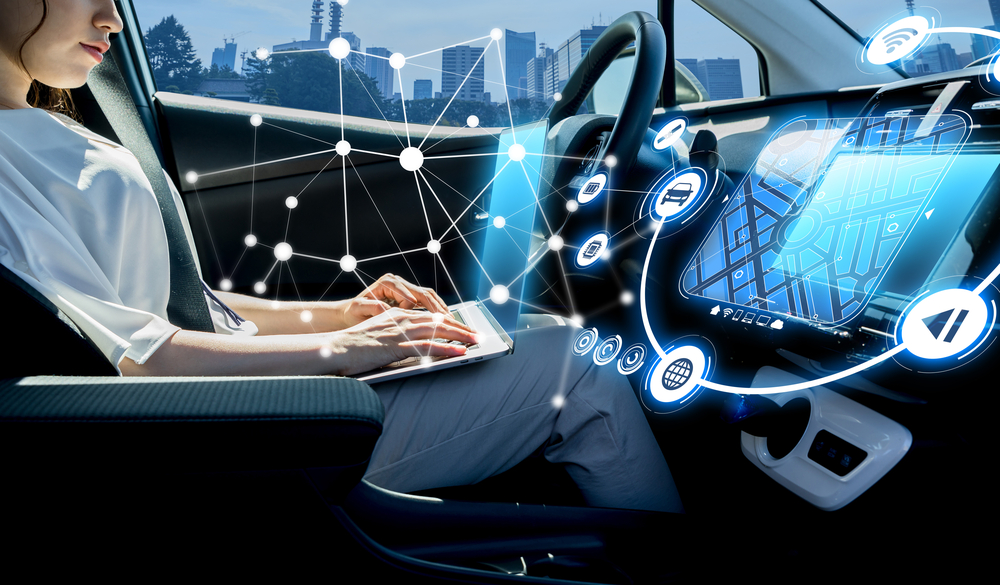
Autonomous vehicles collect massive amounts of data to operate, including real-time information on location, passenger preferences, and even personal conversations. This data is invaluable for improving performance but also raises significant privacy concerns. Without proper regulations, there is a risk of misuse, whether for targeted advertising, surveillance, or identity theft. Ensuring that passenger data remains secure and private is a critical issue that needs to be addressed before AVs can be fully integrated into society.
This article originally appeared on MyCarMakesNoise.
More from MyCarMakesNoise
13 Biggest V8 Powerhouses Built by GM, Ranked

General Motors has a storied history of producing some of the most powerful and revered V8 engines in the automotive world. From muscle cars to luxury vehicles, these engines have delivered exceptional performance and power. Read More.
10 Best Aircraft to Train In for Your Private Pilot`s License

Embarking on the journey to obtain your Private Pilot’s License is an exciting and transformative experience. The choice of aircraft plays a pivotal role in shaping your training and skills. Read More.
10 Surprising Facts You Didn’t Know About Lexus

Lexus has long been synonymous with luxury and innovation, yet there are many fascinating aspects of this iconic brand that remain under the radar. Beyond its sleek designs and superior comfort, Lexus has consistently pushed the boundaries of automotive technology and design, making significant impacts that are not widely known. Read More.














